Add to favorites
Log in to your personal space

Between the banks of the Loire and the tuffeau stone cliffs, Les Basses Rivières enchants as soon as you set eyes on it. In Touraine, where it is more usual to come across vast Middle Ages or Renaissance châteaux, the delicacy of this 18th-century folly and its “remarkable” garden cannot fail to move anyone sensitive to the charms of symmetry, which have been elevated to the level of art here. In the former winegrower's house, which has a view over the whole of the property, the owners have masterfully recreated a refined world, combining period furniture with perfect attention to detail and re-editions of antique fabrics such as those made by Braquenié. Despite the region's many attractions, guests will without doubt be tempted to simply stay put in this very special place and not venture out.
We moved to Touraine in 2006 after making several visits to the region. We were living in London at the time and were looking for both a project and a second home. The idea was to find a country house that wasn't in the middle of nowhere. Touraine was a natural choice for us because we love the French way of life, the mild climate, history, gardens and wines here. And as a bonus, the social life is very good here.
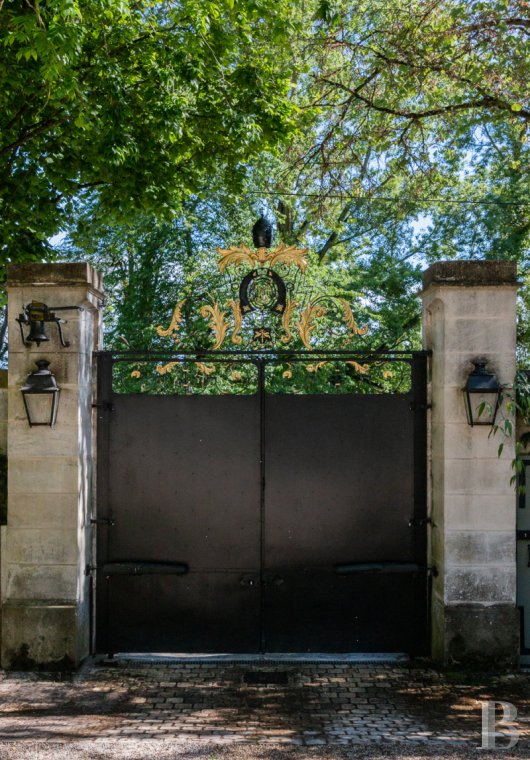
The Manoir des Basses Rivières is an 18th-century neoclassical country folly, one of the biggest troglodyte sites in Indre-et-Loire, a former wine estate with its 17th and 19th-century wine presses and a garden awarded the “Remarkable” label. Built in 1755 by the Touraine architect Pierre Meusnier, a pupil of Gabriel and a future architect of the King's Works, the manor house is a rectangular building with a triangular pediment, dormer windows and bull's eye window. The façade is divided into three bays by two bossed pilasters flanking the doorway in the centre and supporting the triangular pediment decorated with a medallion and garlands. The stones extracted when digging the caves on the property were used to build the house. The building is made with tuffeau stone, a soft limestone which is typical of the region. The 18th-century gate with its religious imagery (tiara, rosary, stole) bears the initials "DUC" which stands for the congregation of the Dames de l'Union Chrétienne (Ladies of the Christian Union). This gate was originally made for the convent of this congregation. The gate, facade, roofs and grounds are listed as Historic Monuments. The 150 m2 former winegrower's house has been converted into guest rooms.
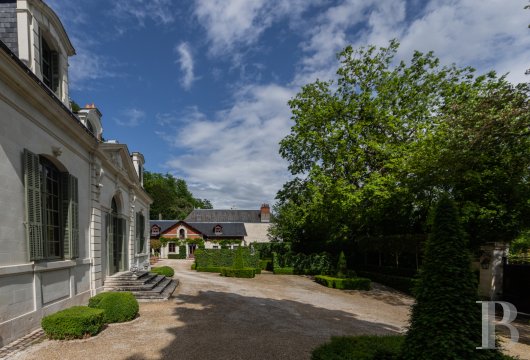
The name "Les Basses Rivières" used to be the name of a farm and a village. At the end of the 10th century, the land belonged to the Benedictine monks of the Marmoutier Abbey, founded by Saint Martin of Tours. The main house was built around 1730 for the Papion du Château family, silk manufacturers and wine producers. In 1765, it belonged to Mr Taboureau de Boisdenier, a contractor for the King's works. It was inhabited by the Marquise d'Oysonville in the 18th century and by Jules-Antoine Taschereau, MP for Indre-et-Loire in the first part of the 19th century. In 1847, it was bought by a British officer, William Richmond Nixon, who distinguished himself under the Duke of Wellington. The pediment of the house bears the initials RN for Richmond Nixon and S for Schatteman Thérèse Antoinette, the name of his first wife. The property was sold to Léontine d'Espelosin in 1898. His son inherited it in 1923 and he left it to the city of Tours in his will in June 1944, which set up a museum there until 1970 before selling the property in June 1973. We acquired the property in 2006 and opened it up to the public after a major restoration project.
The country folly is surrounded by a "Remarkable Garden", a label awarded by the French Ministry of Culture to public or private gardens and parks of cultural, aesthetic, historical or botanical interest. The Basses Rivières garden was recreated from nothing 12 years ago over an area of 1.4 hectares, taking advantage of the existing three-level terraced structure. It is a contemporary garden inspired by classical French gardens. From it you can see the Loire from two levels, at 20 and 70 metres, and you can visit a group of 11th- and 15th-century cellars. It is the largest troglodyte site in the Indre-et-Loire department, with over 35 accessible caves. The area enjoys a microclimate thanks to its south-facing position, the presence of a large tuffeau stone slope and proximity of the Loire. Many Mediterranean species thrive here, including cypress, rosemary, fig, hackberry, Judas and cedar trees. The garden's originality lies in the stark contrast between the massive tuffeau stone rocks and the green symmetry of its formal French-style garden. There is a heated swimming pool on the upper terrace.
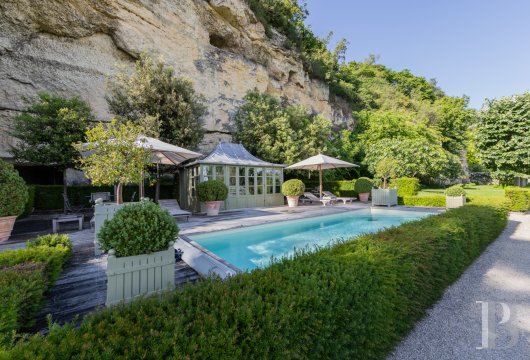
The Château de Valmer, an Italian Renaissance marvel, where Vouvray wines and an exceptional garden exist hand in hand. Le Grand Coteau, a 16th-century house and the former home of Francis Poulenc, Noizay with its "Maisons des Illustres" label, rich in history and set in the heart of a renowned AOC Vouvray vineyard. The Vauboin priory, an enclosed "Remarkable Garden", is an interpretation of the medieval Hortus Conclusus, a reproduction of Paradise, enclosed to escape the torments and temptations of the outside world. “La Maison Tourangelle”, a restaurant on the left bank of the Cher, nestled into the hillside, shyly reveals itself from behind the facade of a former priory dating back to the 18th century. The “Cave” restaurant, a cave dug into the chalk valleys that was once used to mature wine, in the unusual setting of a troglodyte site. The gourmet restaurants "l'Amphitryon" at Château Louise de Lavallière in Reugny and "Les Hautes Roches" in Rochecorbon. There are many Michelin-starred restaurants: "l'Opidom" in Fondettes, the "Château de Pray" in Chargé, "l'Évidence" in Montbazon, "l'Auberge Pom'Poire" in Azay-le-Rideau, "Les Hauts de Loire" in Veuzain-sur-Loire and "Arbore & Sens" in Loches.
The garden and manor house can be rented out for events and photography sessions. The Maison du Vigneron has three bedrooms and can accommodate up to six people.
ref 801057
Visit the Remarkable Garden by appointment from Monday 27 May 2024 to Thursday 27 June 2024 and without appointment from Monday to Thursday from Monday 1 July 2024 to Thursday 8 August 2024 from 10am to 4pm and from Monday 26 August to Thursday 19 September 2024 from 10am to 4pm. Closed: Friday, Saturday and Sunday Events: Rendez-vous aux Jardins and European Heritage Days


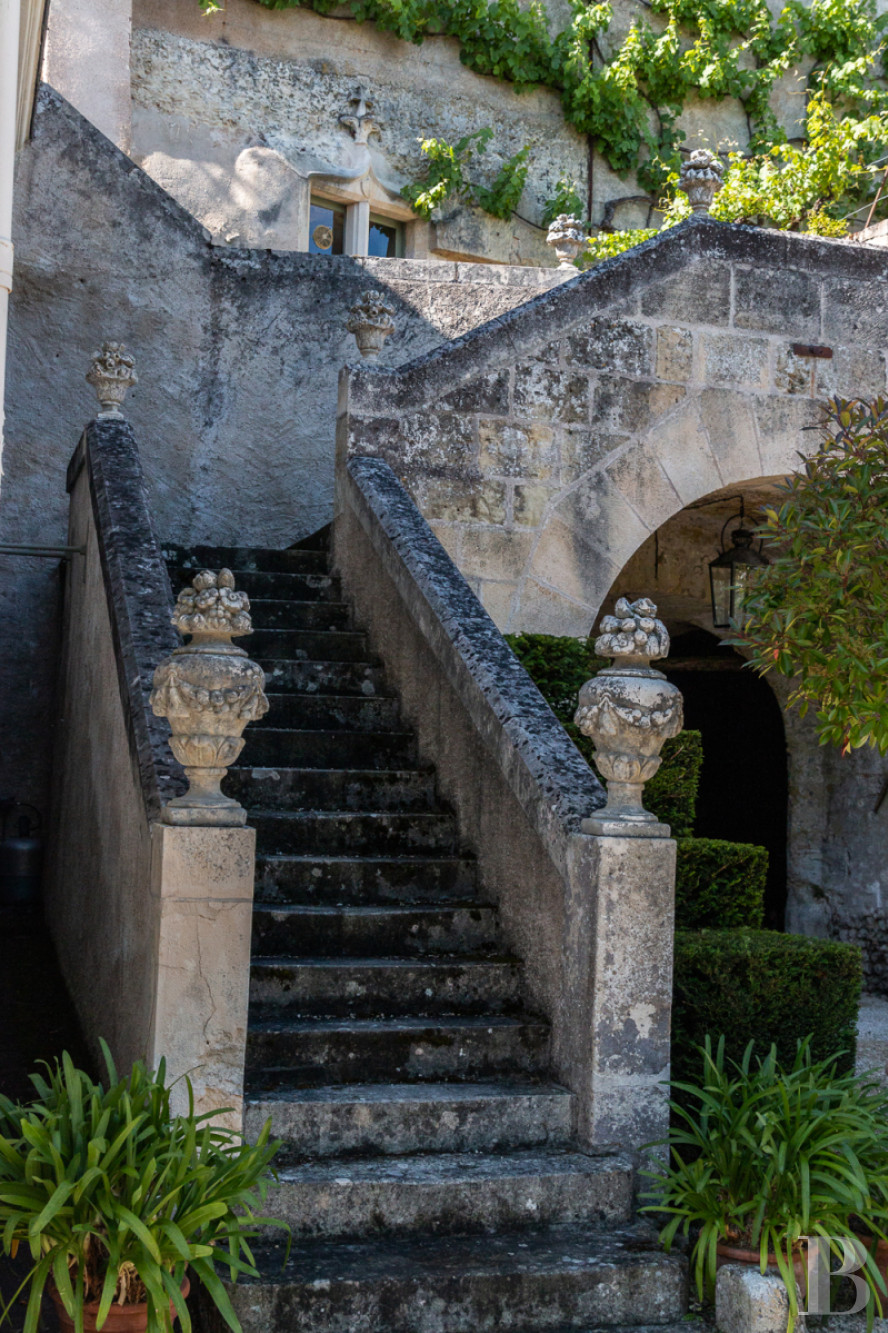
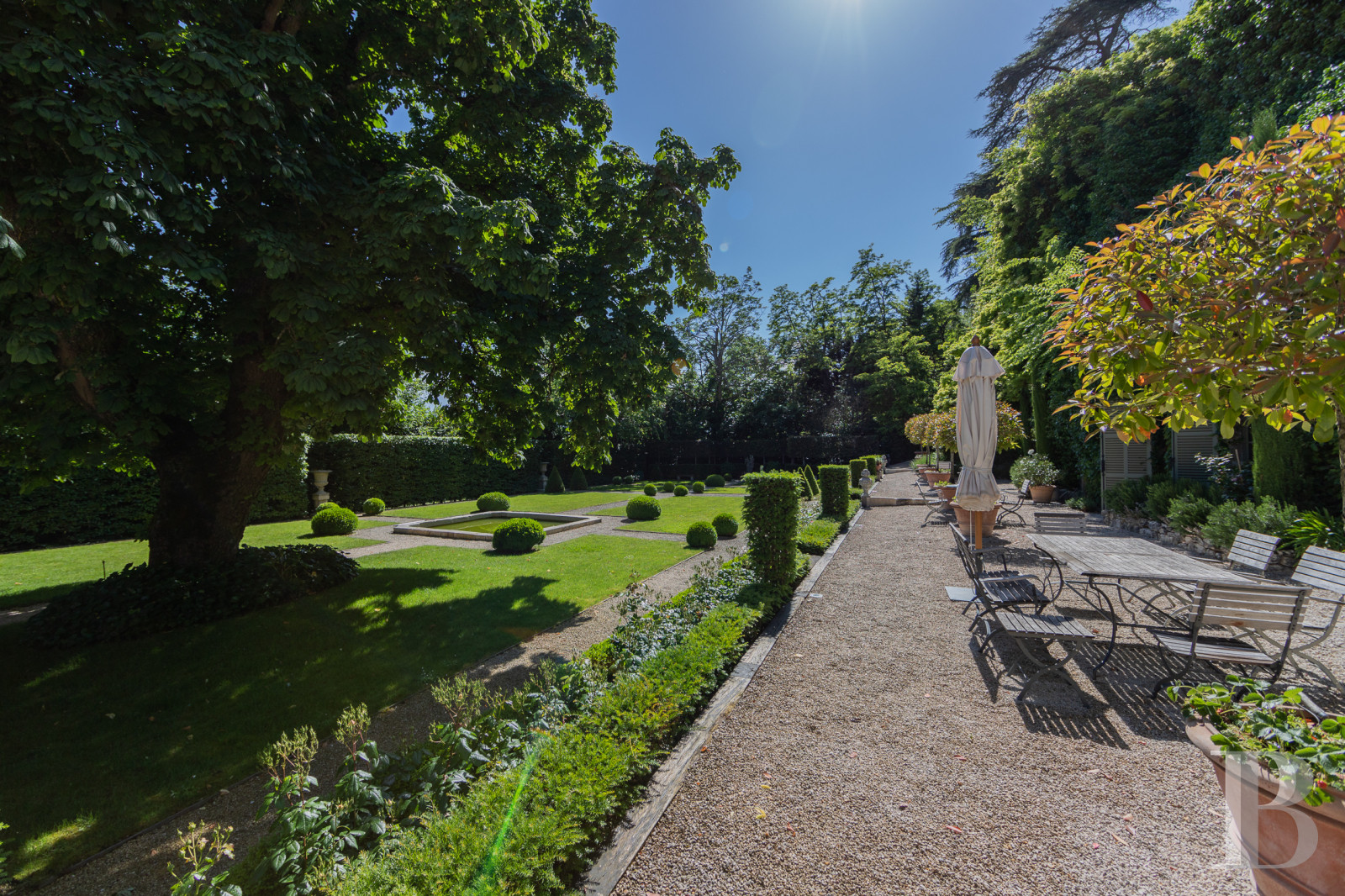
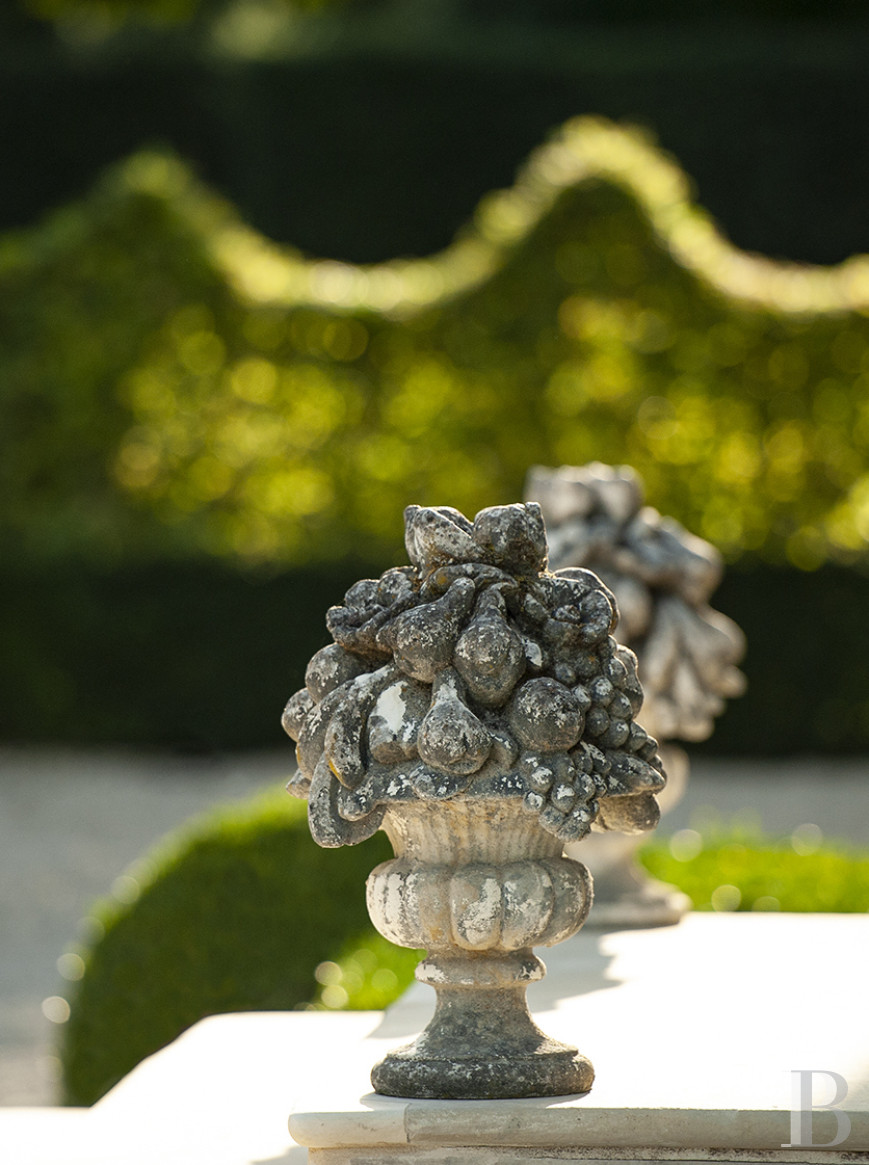
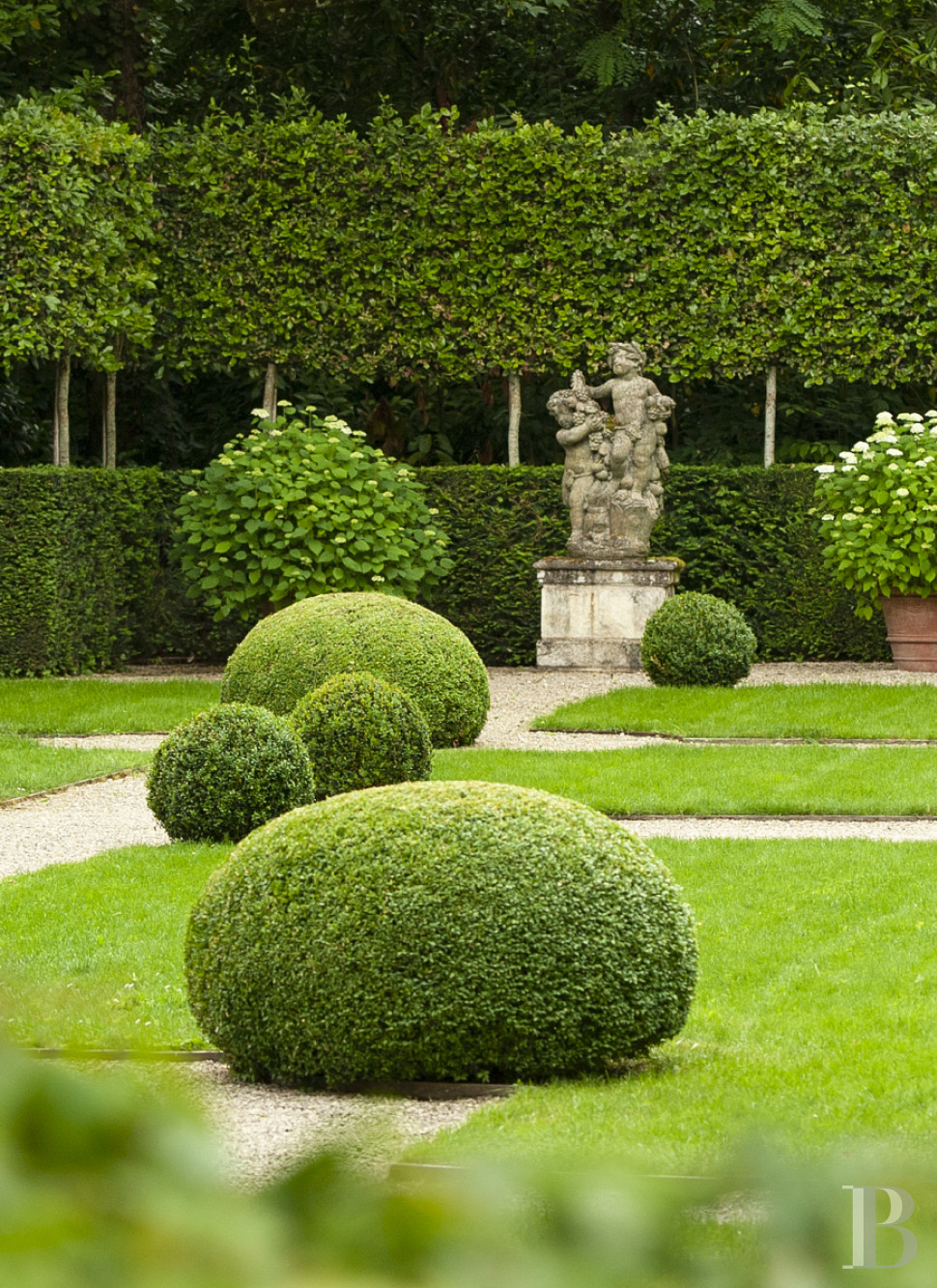
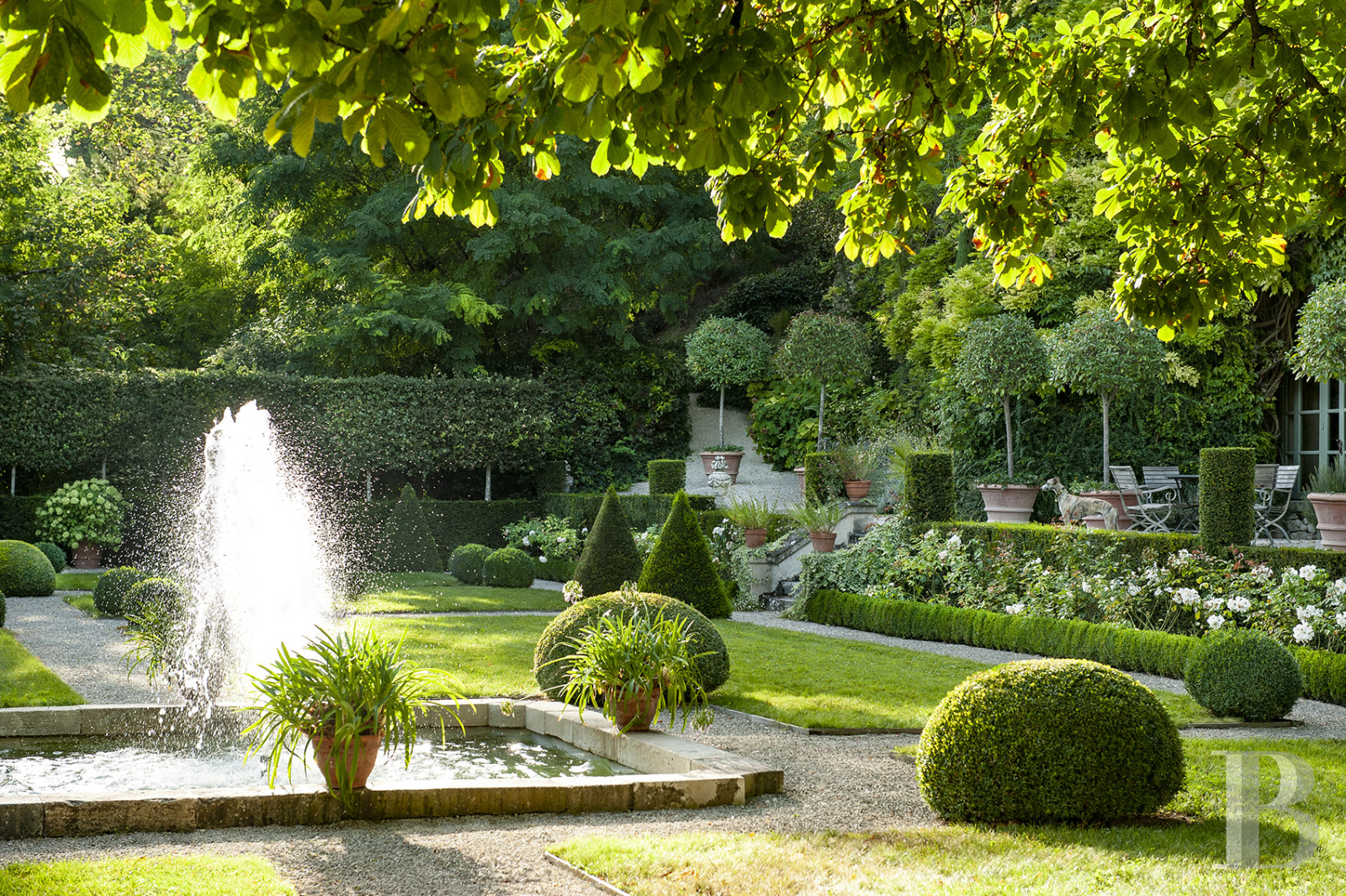
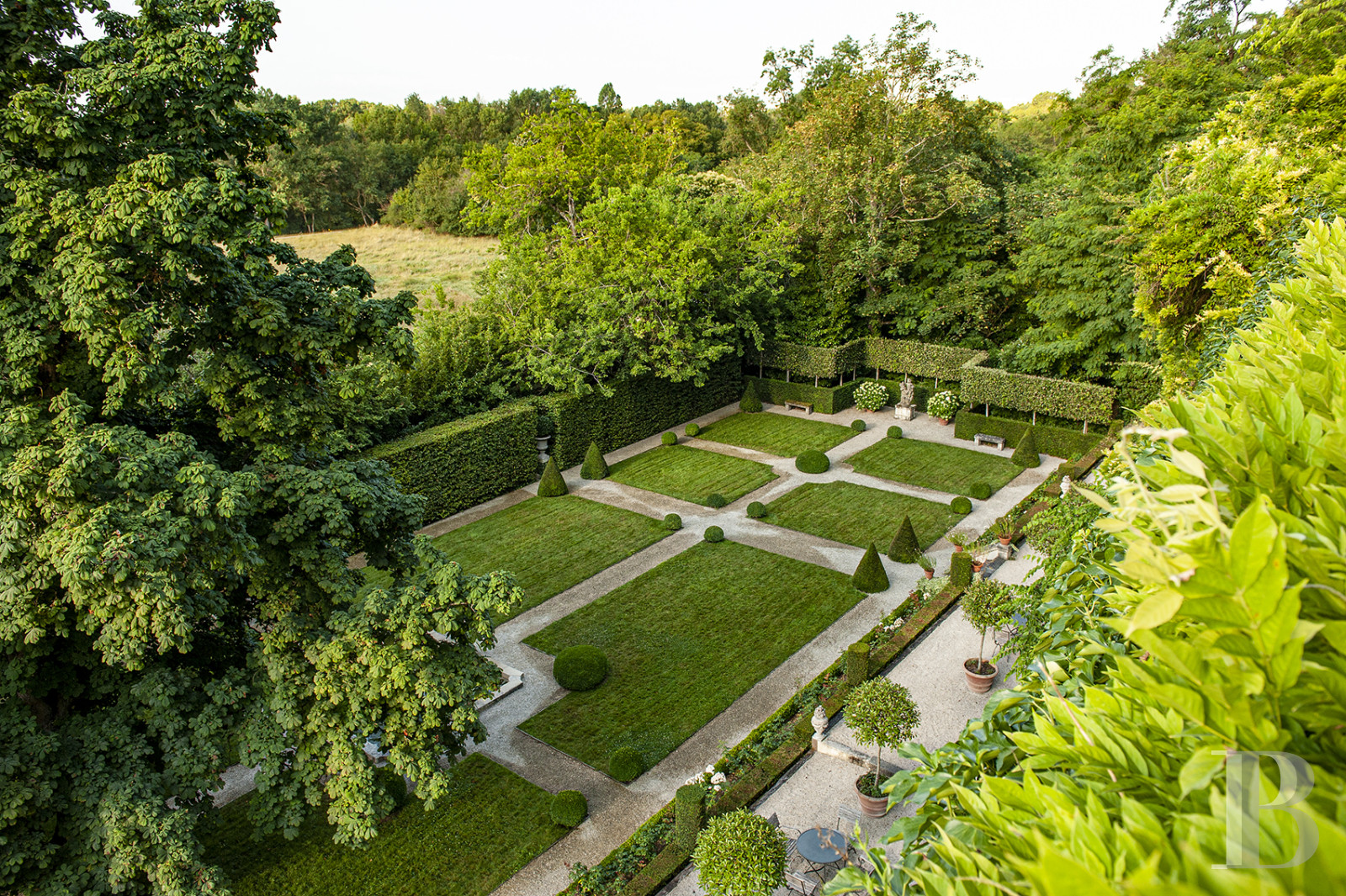
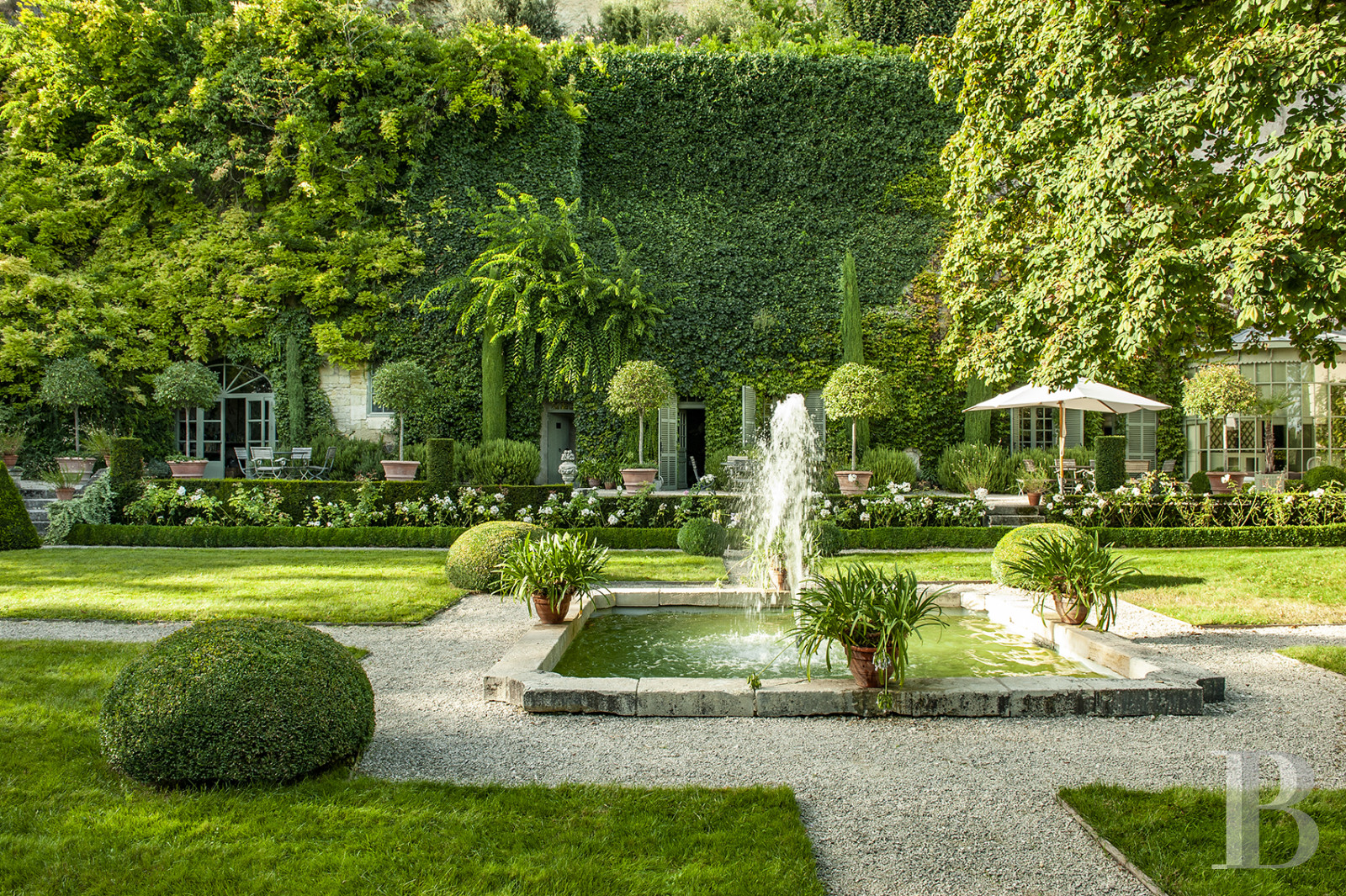

 A link to enter a new password has been sent to you by email.
A link to enter a new password has been sent to you by email.
By continuing your navigation, you accept the use of cookies to offer you services and offers adapted to your centers of interest and to measure the frequentation of our services. Learn more